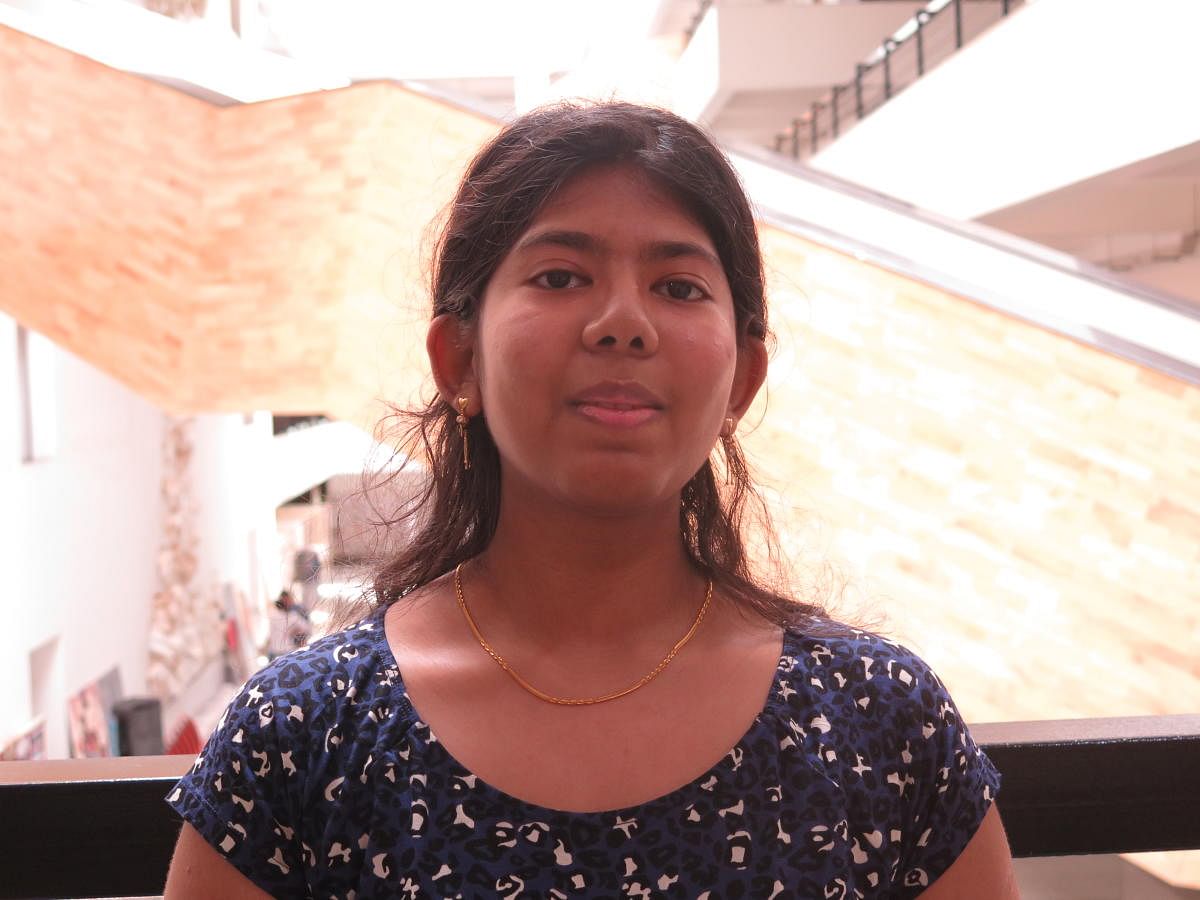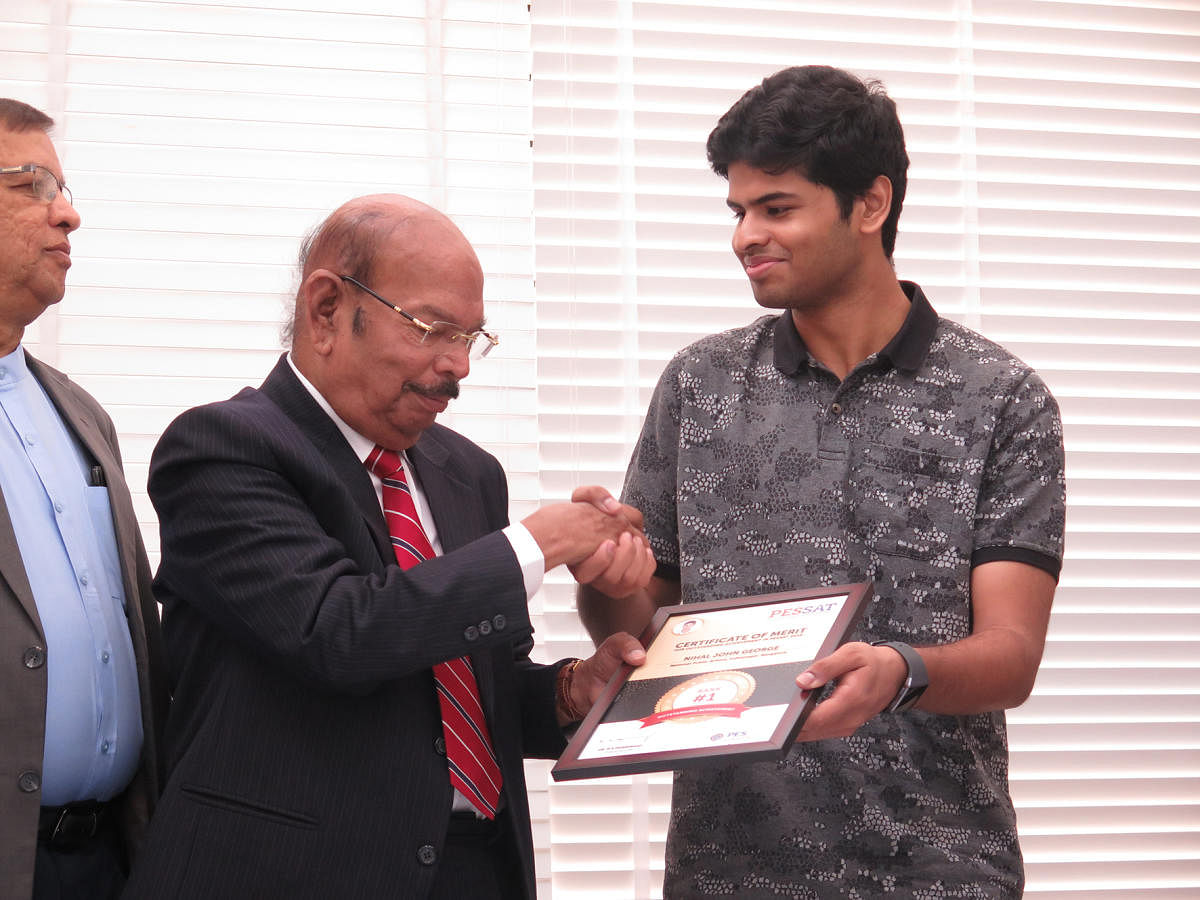

20,000 students wrote the annual PESSAT test last week, vying for the 3,300-odd seats across the PES University system. Toppers were lauded during a private meeting at the university’s Banashankari campus on Sunday.
Nihal John George, a student of the National Public School in Indiranagar, who secured first rank in the PES Scholastic Aptitude Test, told DH that the news of his achievement came as a surprise.
“I didn’t expect this at all because I was trying a new strategy,” he said, explaining that the 180-minute computer-based test which is a prerequisite for admission into the university’s Bachelors of Technology course, was in five segments – logic, English and the sciences: math, physics and chemistry.
“What I did was go through the easy parts first – English and logic, which left me enough time for the harder subjects,” he added.
For 18-year-old R Shruthi of the St Joseph’s High School, ranked second, strategy involved studying for two hours in the morning and at night. Like George, she too expressed bewilderment over her achievement: “I never thought I would score so high.” Both students said they intend to study computer science which would leave them in good stead for an IT job.
According to a report by ICRIER, the Indian Institute for Research on International Economic Relations, Indian universities produce nearly 4 lakh engineering graduates per year while the United States produces 60,000.
A subsequent 2018 report showed that 13,201 patent applications were filed in India in 2016, compared to 2.9 lakh applications in the United States and 1.2 crore patents by China, which hints at a deficit in Indian higher education.
Part of the problem, according to several students that DH spoke to, was their inability to study their subjects of choice, owing to a limited number of seats in universities and colleges. George, on account of his high ranking, said that he will purse his dream of working on Artificial Intelligence, with a focus on medical robots which can detect lung cancer. Shruthi’s prefers communications and design.